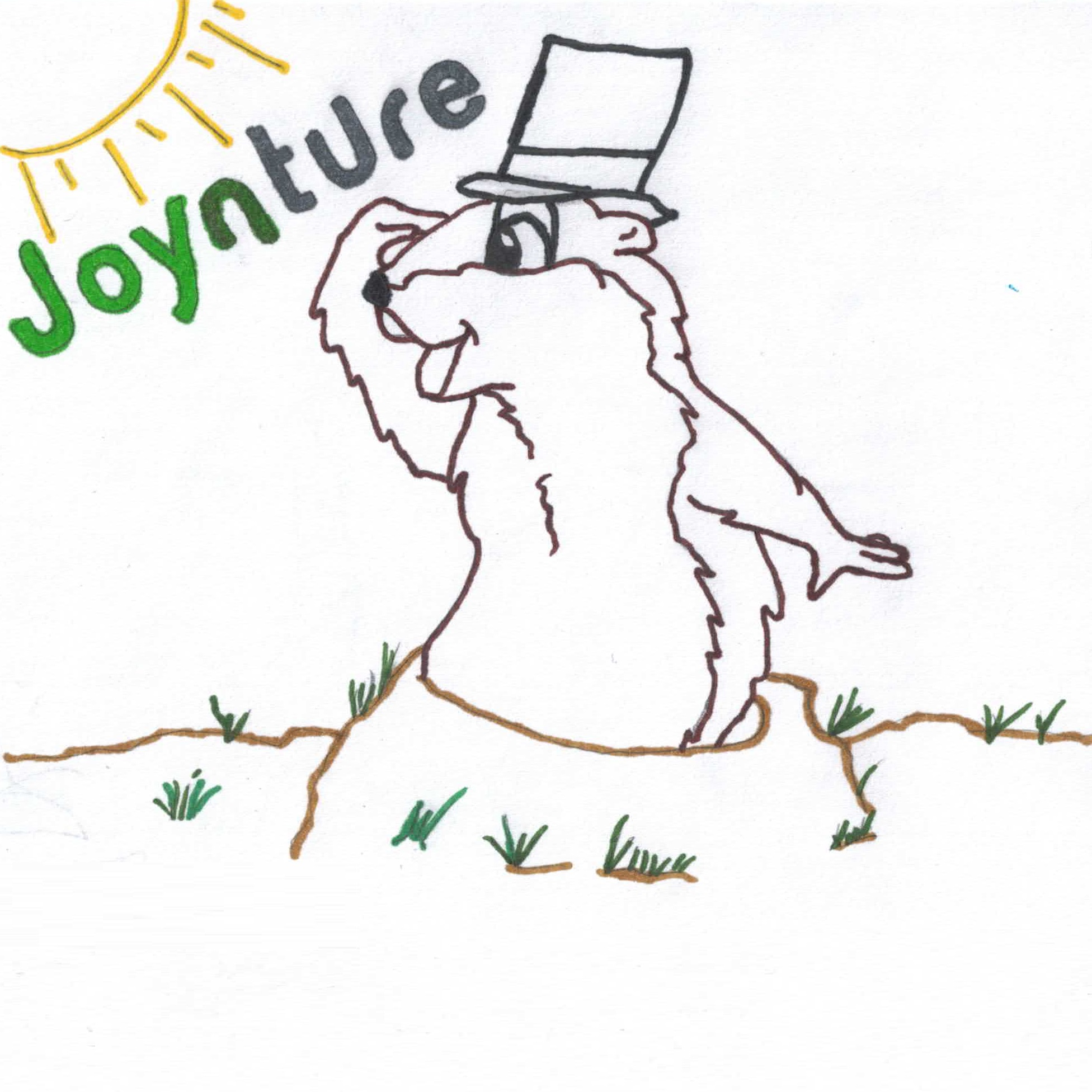By: David-Alan Venable
Should you care about Groundhog Day? Heck yes! It’s a whimsical tradition that stems from old European superstition, and the star of the show is an oblivious woodchuck – or whistlepig, if you prefer. Maybe the most recently notable media appearance of America’s favorite rodent was his unfortunate dive from Mayor de Blasio’s grasp back in 2014. But maybe learning about its eccentric history will spark some new interest.
From Europe (With Love)
Christian beliefs celebrate February 2nd as the purification of Mary after childbirth as well as the day of Christ’s first appearance in the Temple. Later, the tradition was honored with the distribution of blessed candles for the cold winter ahead. Romans who’d adopted Christianity spread their beliefs to much of surrounding Europe, including the ancestors of the now-Germans. Somehow, the Germans incorporated a hedgehog into the tradition which would determine the remaining length of winter after considering its shadow.
Punxsutawney, (say that five times) the origin setting of Groundhog Day here in America, is a borough of Pennsylvania. Many of the first PA settlers were German, and brought over their customs and beliefs. Great news for the groundhog! The hedgehog was replaced with our fluffy burrowing rodent because of a lack of the former in the New World. Today these sweet traditions are preserved in a unique, humble observance in Punxsutawney.
The Science Behind the Shadow
If we’re being entirely honest, the shadow doesn’t have any affect on the weather. February is only the halfway-point for the winter for many northern areas, after all. The idea is that a groundhog (or, The Groundhog) will emerge from hibernation and either see his shadow, verifying another six weeks of winter, or won’t, indicating the first onsets of spring. The science is that a dry, clear sky means continual cold weather while the appearance of storms and overcast indicates the cleansing rains. Sun = more winter. Cloudy skies = springtime.
A Groundhog Named Phil
Winter is a harsh time for many, and the desire for it to be over a little sooner than later is understandable. The first official Groundhog Day is considered to have taken place around 1886-1887 in a northern area ravaged, no doubt, by snow and biting winds. The Punxsutawney borough celebrates Groundhog with Phil, a notoriously long-lived creature. He’s performed for America for over 150 years now! In fact, the Punxsutawney board overseeing the local holiday replaces Phils like the University of GA replaces Ugas. You can only see your shadow for so many years, you know?
Modern Tradition
If you think it’s history is great, Groundhog Day has a very compelling practice every year in the magical town of Gobbler’s Knob in Punxsutawney that raises some eyebrows. There, Phil is recognized under such titles as “the Seer of Seers” and “the Prognosticator of Prognosticators” and has a very important role: to deliver his predictions to the President of the Inner Circle of Punxsutawney Groundhog Club. Yep.
Groundhog Day celebrates its 160th anniversary this year and will feature festivities such as Breakfast with Phil, the Crowning of Little Mr. and Miss Groundhog, and a Groundhog Ball. How will you celebrate Groundhog Day this year? (Hint: I’m sure Pinterest and Tumblr will give you plenty of steam!)

